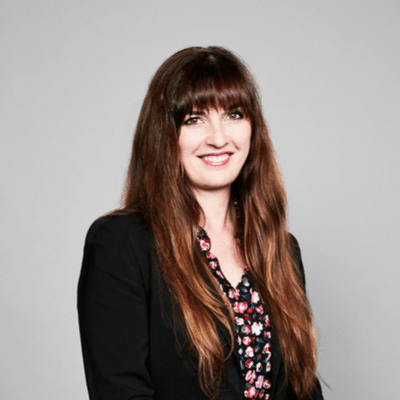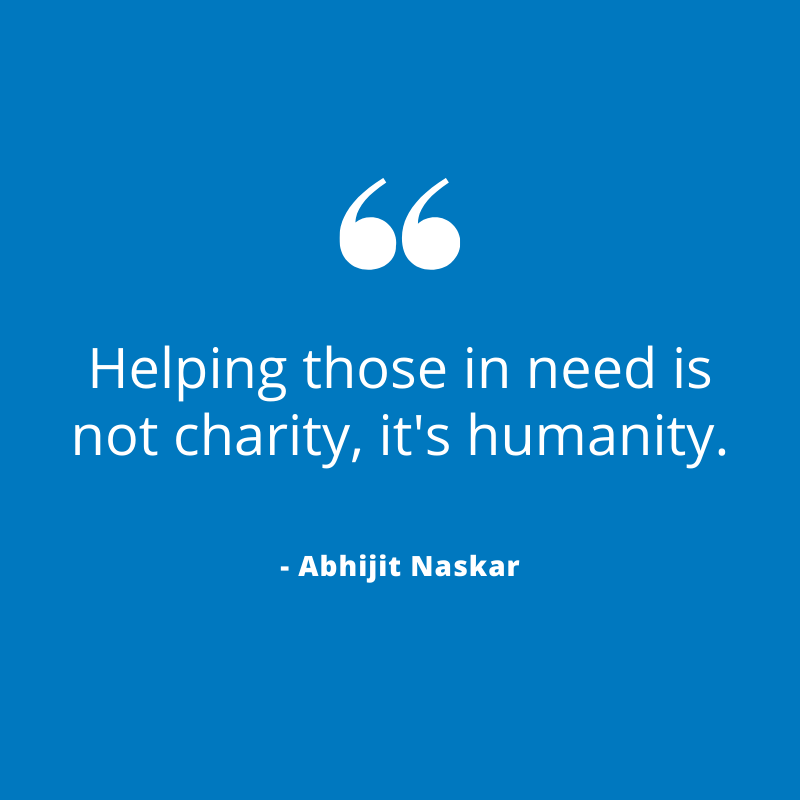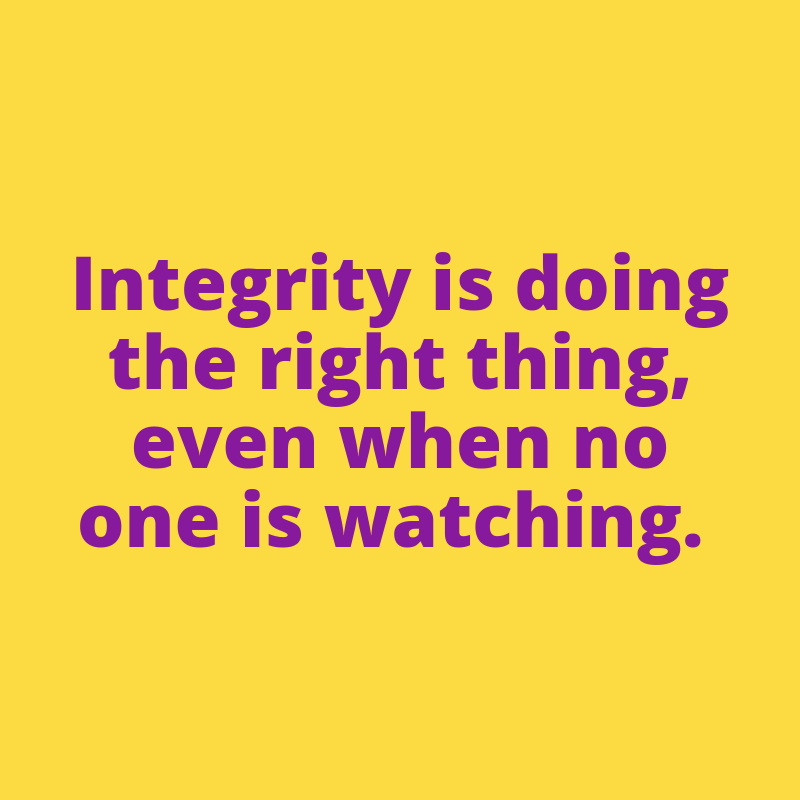
Emerging Trends: The Adviser of the Future
Emerging Trends: The Adviser of the Future
Two common models in business, which can be seen across the Financial Advice market are the volume-based business and the value-based business.
The volume business focuses on getting lots of clients through the door who have fairly simple requirements, it’s a low-touch model but relies on efficiency of processes and fairly straightforward clients who don’t have complicated needs.
The value business model is one where much fewer clients are served more holistically and the Adviser provides much more nuanced and bespoke service. They may specialize in a particular area of advice (or occupations) and they will generally stay with the client for life. Serving their needs as they change over time.
Can these models survive?
With changes to commissions and much higher compliance requirements, both models are under threat. The volume model isn’t satisfying customer needs and the value model isn’t bringing in a sustainable amount of business. So, what should an Adviser do?
The key to the future is developing a hybrid that adapts to rapid change.
Characteristics of this business model include;
- Taking advantage of operational efficiency without diminishing your offering
- Leveraging technology to deliver personalized and bespoke customer service that is indistinguishable from the high-touch model
- Identifying opportunities to carve out market-share and seek out customers with modern marketing approaches
- Building reputation and profile online via search, social media and web-presence
- Investing in on-going training and education for all staff
Like a phoenix from the ashes.
Last year when our industry faced hit after hit, some among us wondered what the future, if anything, would look like. The new hybrid model is already bringing huge success to the Advisers who are embracing it and we’re delighted to be supporting them in this transformational change. The truth is, at the heart of this strategy is a focus on customers, and when you do that – you can’t go wrong.

Suzie Brown
General Manager Distribution

Ever wish that life insurance products worked better in practice? Us too!









